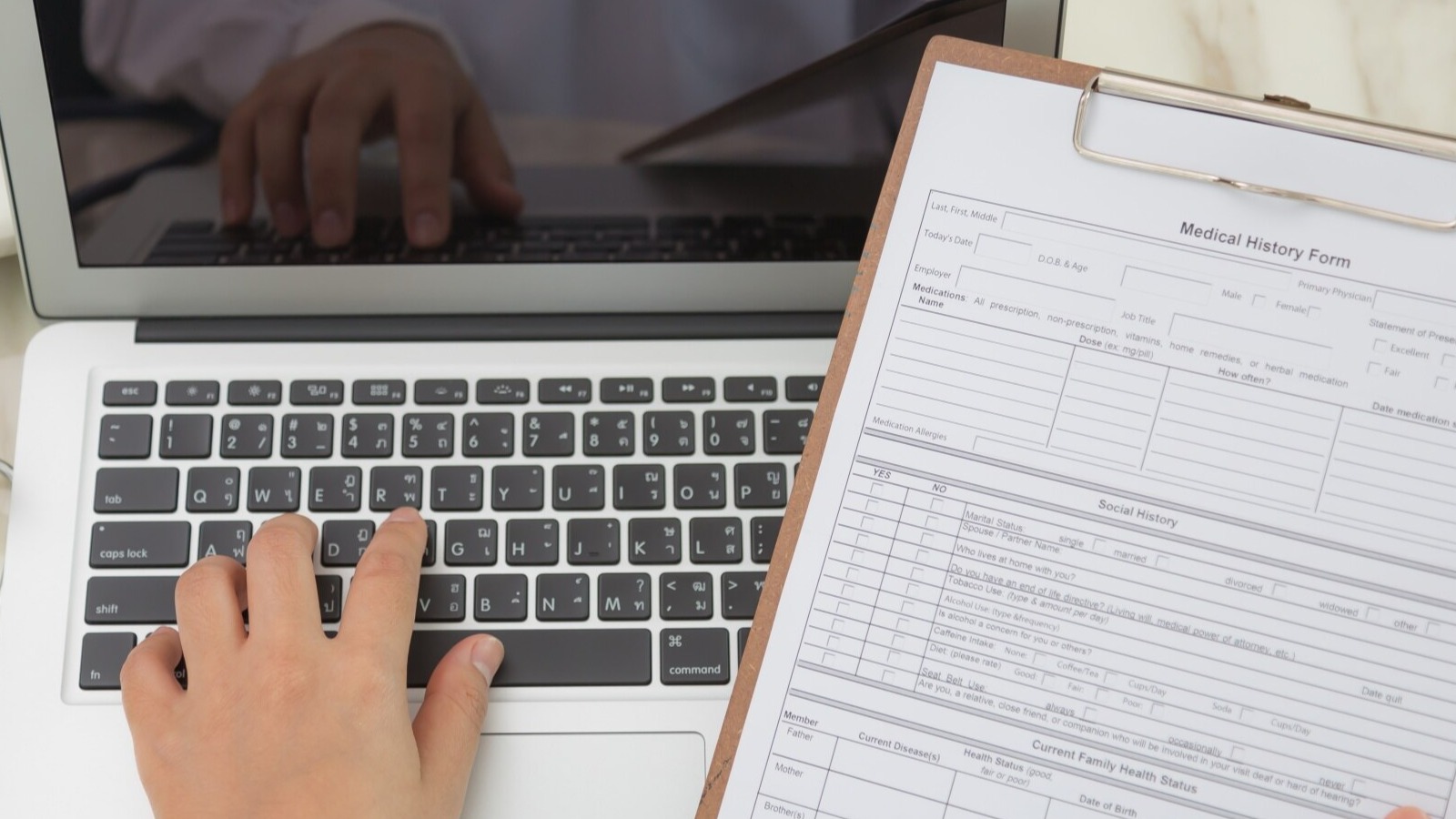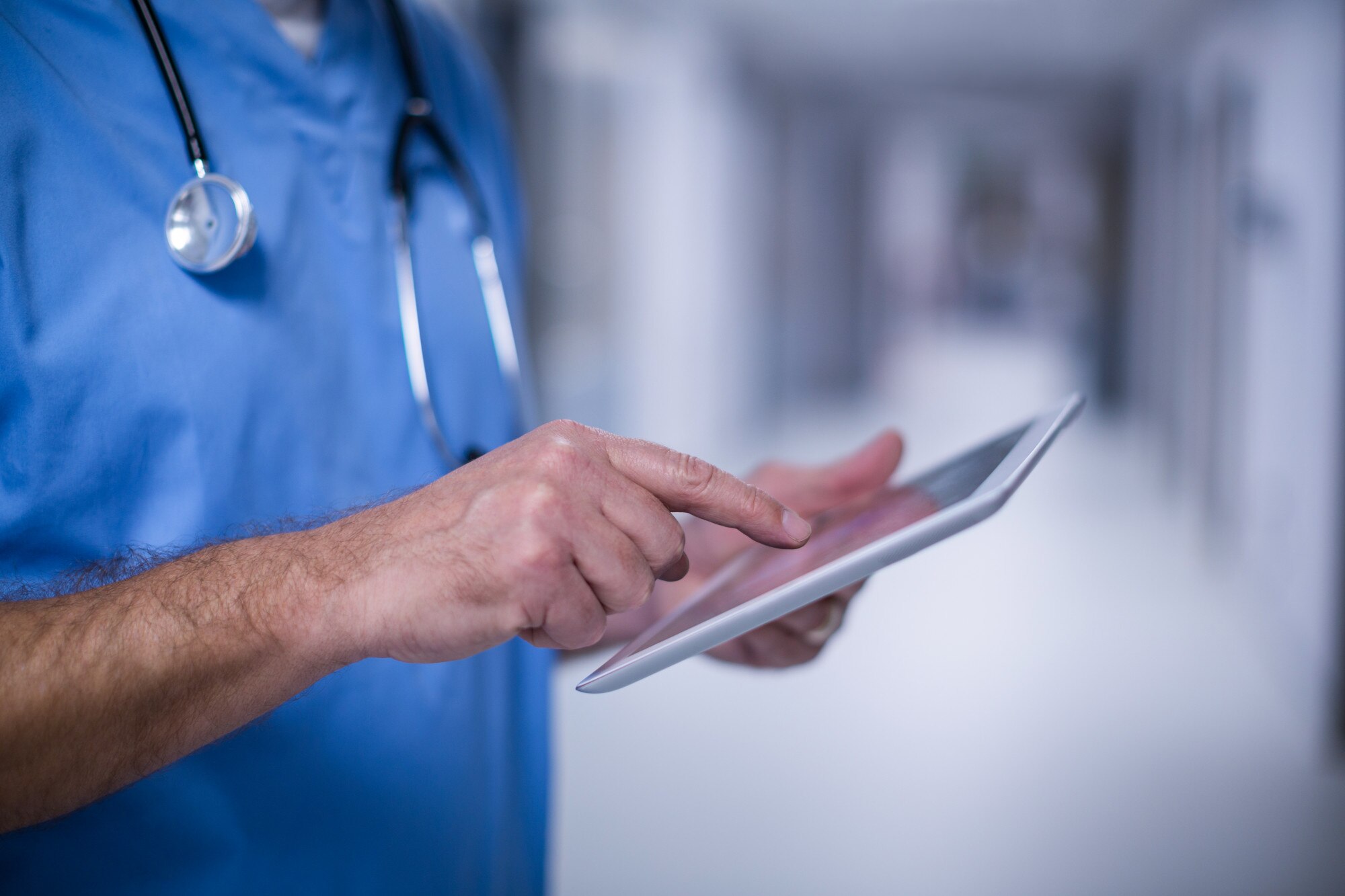I. Introduction: The Increasing Demand for Data Security in Mental Health Telehealth
Telehealth services have transformed mental and behavioral health care over the past few years by allowing patients to access treatment at home at their convenience. The ease of use and convenience of secure telehealth platforms have led to their ever-growing popularity, particularly for mental health services. With telehealth use skyrocketing, however, comes a key issue: data security.
The need to protect sensitive mental health data cannot be overstated. The medical, psychological, and personal information disclosed during therapy sessions is extremely intimate and susceptible to cyber attacks. With cybersecurity threats to healthcare more than ever before, both mental health professionals and patients have a responsibility to ensure patient data is protected. But how can we guarantee that this sensitive data is protected while increasing cyber threats to the healthcare industry?
This article discusses the significance of patient portal security, possible exposures, and recommendations to keep your information secure in the realm of telehealth.
II. The Expanding Popularity of Mental & Behavioral Health Telehealth
Over the last decade, the demand for HIPAA-compliant telemedicine has surged, especially since the COVID-19 pandemic, which pushed many healthcare services online. Telehealth has opened up new avenues for mental health care, especially for individuals in remote or underserved areas. It has made therapy more accessible, reduced the stigma around seeking help, and provided an essential lifeline for those struggling with mental health issues.
Telehealth also provides flexibility for mental health professionals—no longer having to stick to tight in-office schedules. But this increase in telehealth is coupled with a challenge of great concern: how can we protect the confidentiality of sensitive information in the increasingly digitized healthcare environment?
The highly sensitive character of mental and behavioral health information makes it an attractive target for cyber attackers. The widespread adoption of electronic devices—such as patient risk monitoring devices, medical apps, and video conferencing systems—has put patients at risk for data exposure, hacking, and other cyber threats to security.
III. The Threats to Data Security in Mental Health Telehealth
Risks associated with telehealth for mental health extend further than just usual data breaches. For mental health practitioners, having their patients' data secure comes first, yet how do they know their equipment is secure?
Sensitive Mental & Behavioral Data Types:
Telehealth mental health services hold and transfer extremely sensitive information, like:
• Content of therapy sessions (audio/video).
• Sensitive information (PII), names, addresses, and phone numbers.
• Mental health evaluation, diagnosis, and treatment.
• Prescriptions and medical histories.
This information is hackers' goldmine material, so patient data must remain secure.
Cyber Threats to Healthcare:
A variety of cyber threats create major vulnerabilities for patient data in telehealth:
• Phishing Attacks: Cyber attackers disguise themselves as legitimate entities, such as healthcare providers, to mislead patients or staff into disclosing confidential information.
• Ransomware: Healthcare systems can be locked or patient data stolen by cyber attackers and ransom paid for its safe recovery.
• Data Breaches: Unsecured data is liable to be hijacked during transit, particularly if not well-encrypted.
• Unencrypted Communication: Audio or video calls may be intercepted and confidential therapy sessions leaked without end-to-end encryption.
Human Error:
Often overlooked, human error remains one of the primary causes of data security incidents. Inadequate training or mismanagement of sensitive data can lead to accidental breaches.
IV. Compliance with Regulations and Standards for Data Protection
In an industry that handles sensitive information daily, compliance with regulations like HIPAA (Health Insurance Portability and Accountability Act) is crucial for maintaining patient trust and ensuring the security of data.
HIPAA and Telemedicine: Telehealth platforms utilized for mental health care must be HIPAA-compliant telemedicine platforms, i.e., they must adopt strong security practices to safeguard patient information. The platforms must be able to ensure that patient records are encrypted, passwords are secure, and access to personal health information is only by authorized individuals.
The healthcare cybersecurity regulations that cover telemedicine guarantee patients' right to privacy. Requirements for safe storage of patients' records, secure channels of communication that are encrypted, and safe data sharing are among the requirements.
HITECH Act and Telehealth: The HITECH (Health Information Technology for Economic and Clinical Health) Act enhances healthcare cybersecurity compliance by making the use of electronic health records (EHR) more incentive-based and keeping patient data safe. Telehealth providers are expected to comply with these standards to mitigate the risk of breaches.
V. Best Practices for Securing Data in Mental Health Telehealth
Secure Telehealth Platform Choice:
In choosing a telehealth platform, it's essential to opt for one that is HIPAA-compliant telemedicine software. The platforms must have end-to-end encryption for video consultations, text chats, and file sharing. It's essential to ensure that your platform provider is among the top healthcare cybersecurity companies or practices, the best cybersecurity practices in healthcare.
Clinical Staff Best Practices:
Mental health practitioners should implement a range of best practices for clinical staff requiring security, including:
• Updated software regularly: Ensuring software and all associated systems are regularly patched against vulnerabilities.
• Mandatory strong passwords: The establishment of sound password policies designed to limit unauthorized entry.
• Two-factor authentication (2FA): Including the requirement for a further authentication process on access to systems.
Safeguarding Patient Information:
Encrypting all communications—particularly when using remote consultation tools—is not optional. This includes utilizing services that provide robust patient portal security to secure data in transit.
Educating Staff on Data Security:
Ongoing training for clinical and administrative staff regarding healthcare cybersecurity best practices is essential. Staff should be knowledgeable about how to identify phishing attempts, keep information confidential, and prevent unauthorized access to data.
Ongoing Security Audits:
Ongoing auditing and penetration testing are crucial to making sure telehealth platforms stay safe. Practices that deal with sensitive information will benefit particularly from this since potential vulnerabilities would be unknown to them if not regularly checked for.
Not all telehealth platforms are equal, and some won't even provide the security features necessary to safeguard sensitive information. Look out for these red flags:
• Lack of Encryption: Telehealth platforms that fail to provide encrypted communication channels are a patient-privacy risk.
• No Clear Privacy Policies: If there is no clear statement regarding compliance with healthcare cybersecurity regulations, steer clear.
• Absence of HIPAA Compliance: Telehealth services that are not HIPAA-compliant pose a major significant threat to public health. Data breaches in these environments can result in fines, penalties, and loss of trust.
VI. Red Flags to Avoid on Telehealth Platforms
All telehealth platforms are not the same, and some do not provide the level of security needed to protect confidential information. Following are some red flags to avoid:
• No Encryption: Those that don't provide an encrypted communications channel are a real threat to patient confidentiality.
• No Clear Privacy Policies: If a platform does not clearly express its adherence to healthcare cybersecurity regulations, do not use it.
• Lack of HIPAA Compliance: Telehealth services that lack HIPAA compliance are a significant public health threat. Breaches of data within such environments lead to fines, penalties, and loss of trust.
VII. The Role of Mental Health Professionals in Protecting Data
Mental health professionals have to assume the obligation of safeguarding patient information. This involves:
• Maintaining Trust: Making sure patients are reassured that their data is safe.
• Training and Awareness: Being current on the newest healthcare cybersecurity solutions and threats, along with ongoing employee and patient training.
• Incident Management: Understanding how to promptly and effectively deal with a breach if it takes place.
By following best practices in healthcare, mental health professionals can prevent most cybersecurity threats in telehealth.
Keep Ahead of Telehealth Cybersecurity Threats with Gini
Your telehealth practice for mental health needs powerful cybersecurity services. Join forces with Gini reliable platform and protect your practice with HIPAA compliance, data security, and patient confidentiality. Discover more about our healthcare cybersecurity solutions and act now to protect your practice. Get Started Today.






